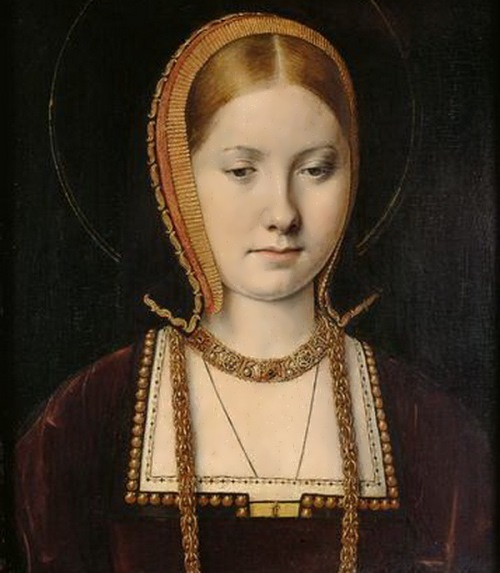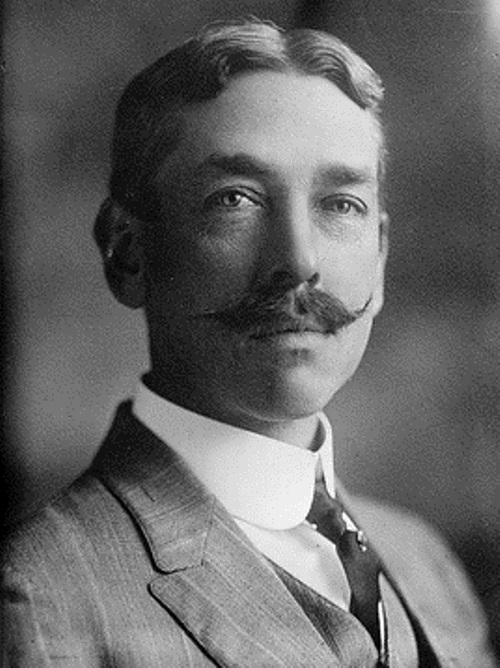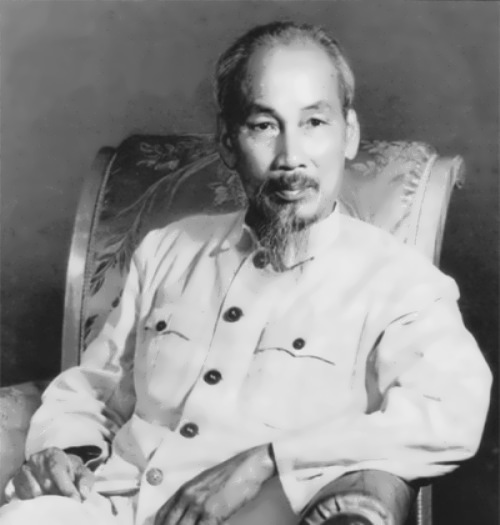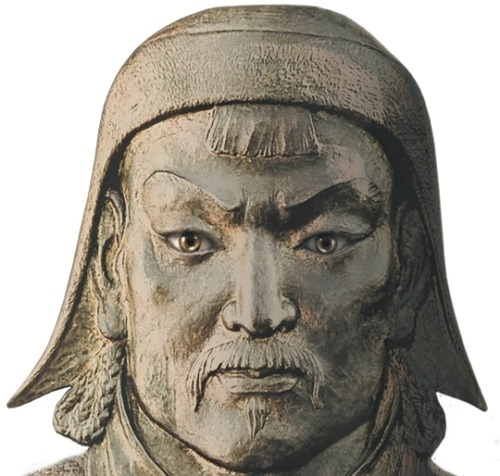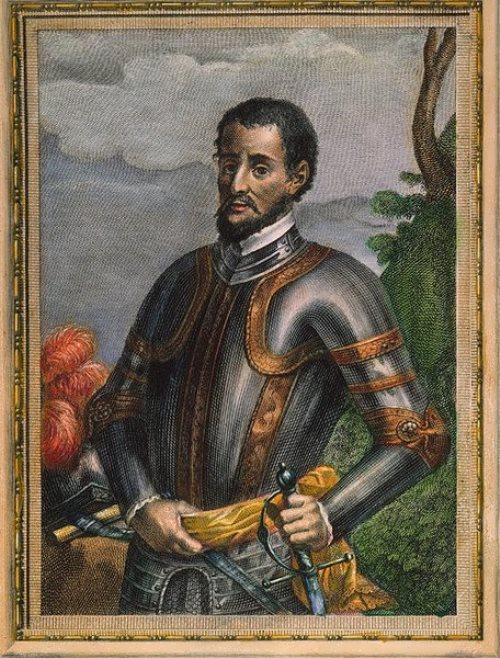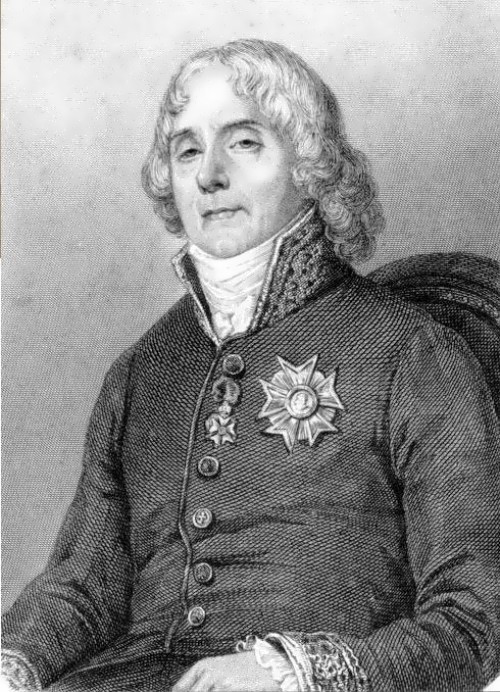Catherine of Aragon – Queen of England
Catherine of Aragon was the daughter of the founders of the Spanish State Ferdinand of Aragon and Isabella of Castile, the first wife of King Henry VIII Tudor, mother of Queen Maria I. After twenty-four years of marriage, due to the lack of a male heir, Henry insisted on the cancellation of the marriage with Catherine. It was one of the causes of the conflict between Henry and Pope, a break with the Roman Catholic Church and the Reformation in England.
Catalina de Aragon y Castilla was born on December 16, 1485 in the castle of the Archbishop of Toledo in the town of Alcala de Henares located near Madrid. She was the youngest child of Catholic Kings – Ferdinand of Aragon and Isabella of Castile. Her childhood coincided with the period of Renaissance in Spain. One of Catherine’s mentors was Alessandro Geraldine, who, together with his brother Antonio was one of the most famous humanists of his time. The girl studied heraldry and genealogy, history, canon law and civil law, classical literature, ancient literature and languages – in particular Latin and Greek.
More »
